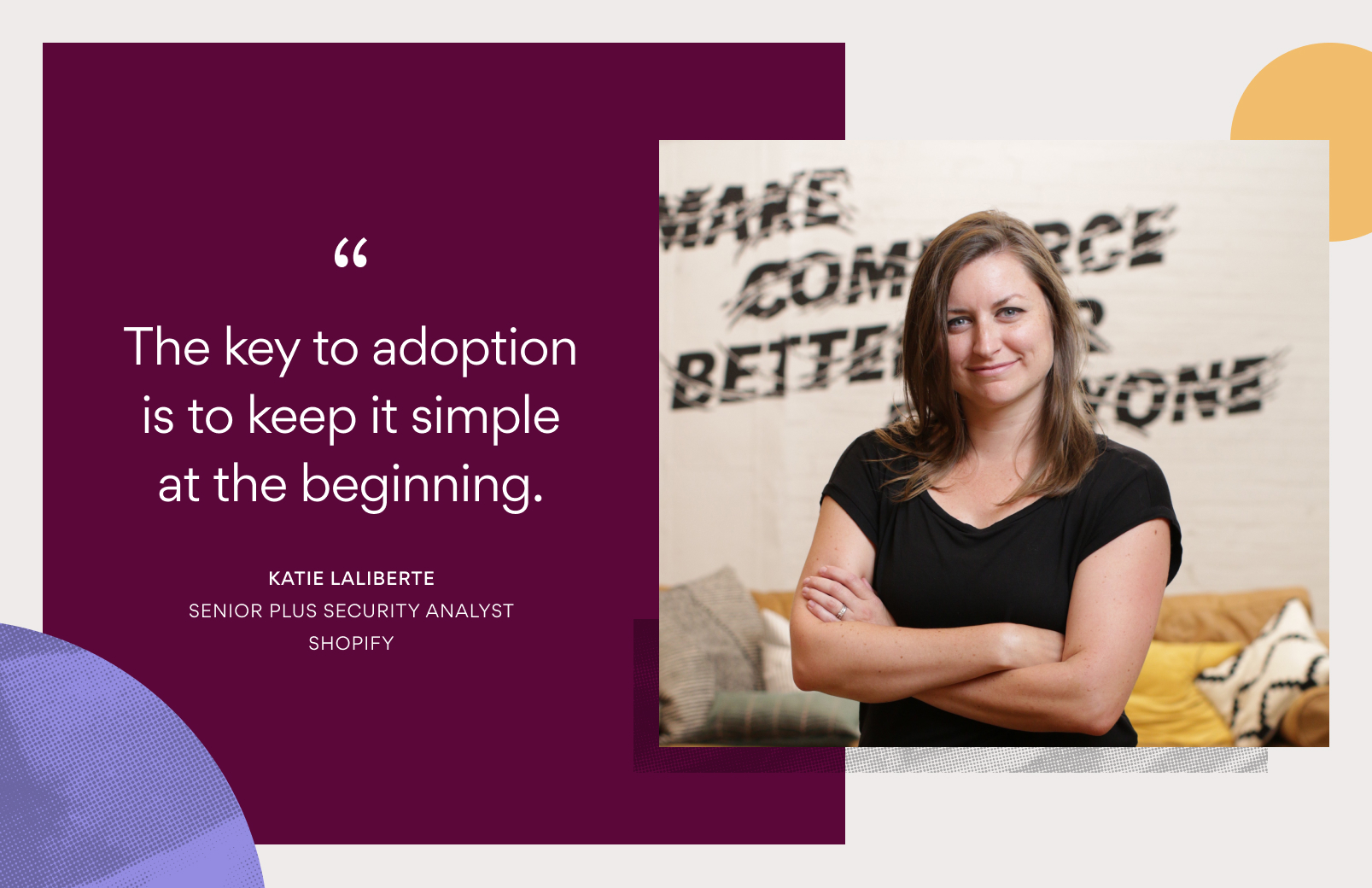Creating clarity through goal setting: Five experts on OKRs

Read this article in French, German, Portuguese, Spanish, or Japanese.
In the past six months, the world—and work—has changed dramatically. Priorities have shifted, teams that once sat together everyday are distributed, and ways of operating are different. As an organization, how do you maintain alignment between people and teams in this new environment? How do you sustain clarity about what your goals are and how to achieve them?
Objectives and key results (OKRs) are one way of creating clarity in an organization. It is a framework that brings everyone onto the same page so teams can move together, cohesively, all in the same direction—which is especially pertinent today.
That’s why Asana reached out to five OKR experts for their tips and perspectives on the best ways to implement OKRs in your organization and keep your team moving forward together. Here’s what they had to say:
Wesley Knowles, Senior Consultant, pm2Consulting
What’s the most important rule to keep in mind when setting OKRs?
No two OKR users have identical needs. The manager of a support desk needs to know minute by minute how her team is performing and adapts to evolving customer needs almost daily. On the other hand, an in-house accountant has less volatility in their day-to-day work. Many organizations force the same “OKR drumbeat” on all of their employees, causing teams to become disillusioned with OKRs. The accountant might be told to meet up with their team for unnecessary daily standups, while the support desk manager does not get to meet frequently enough. Not only does this hurt organizational performance, but it causes problems in OKR adoption and longevity, especially because it is not seen by the executives running the organization. Always allow different teams to match the pace that their processes require of them.
What’s the biggest challenge to a successful OKR process?
Linking to strategy. If your OKRs are not clearly linked to the organization’s strategy, then in all likelihood, they will take the organization in the wrong direction. Most commonly, an organization will give their employees some sort of training on “the right way to write OKRs,” either in-house or through an OKR coach, both of which are inexperienced in strategy development. The development team focuses on creating next-generation software that has huge server demands, while the infrastructure team focuses on cutting costs, leading to software that cannot function, and the whole time, the sales team focuses on selling products that the organization is working to divest from. Proper strategic development and alignment is the most overlooked and most powerful first step to any OKR process.
Mulyadi Oey, Founder, Product Narrative
How important is C-suite buy-in for a company’s OKR system?
Clear direction and accountability are two essential elements in OKRs. In a company, the C-suite typically holds the most power to influence and drive them. Their position is one of the best levers to drive OKR adoption. When they send a clear signal of where the company is or should be going, there is a higher chance that the middle part of the organization would echo that too. When the C-suite exercises accountability at their own level (e.g. frequently reviewing the top-line OKR status and responding strategically), the rest of the organization will have the tendency to follow. When the leaders are willing to lead by example, adoption is 5x more likely to be successful.
We regard C-suite buy-in as a crucial component for the success of a company-wide OKR adoption.
Ben Lamorte, President, OKRs.com
What are the recent trends and behavior changes taking place in the world of OKRs?
Organizations are allowing more time to deploy OKRs and embracing a “crawl-walk-run” approach. In 2016, quite a few organizations asked for a brief OKRs project that might include a call or two along with an onsite training workshop without ongoing OKRs coaching. Now, nearly everyone looking for help with OKRs is demanding an ongoing support program to ensure that their organization succeeds with OKRs.
Lawrence Walsh, Head of OKR Projects, There Be Giants
How does connecting company OKRs to the actual work create value?
Connecting company OKRs to the actual work is all about the employee realizing and understanding the part they are playing in the bigger picture for the organization. Modern employees want more than a 9-5 job that pays the bills. They want to understand and feel purpose in their work. Making the connection between company OKRs and the work being completed on the ground allows employees to understand their worth and the part they are playing towards future success.
By connecting company OKRs to the actual work being completed, you are fostering an environment of focus and alignment around the key priorities for the business. You are also empowering your employees to contribute real value and instil within them the power of saying ‘no’ to tasks that do not contribute to the overall goals that the company is working towards.
Alex P. Bartholomaus, President and CEO, People Stretch Solutions
How can organizations avoid challenges with OKRs?
This year, we had a customer struggle to attain the necessary level of organizational commitment during their first OKR cycle. They had done a poor job integrating OKR conversations into their existing one-on-ones and team reviews. The frequency of review was monthly and that isn’t enough in the initial quarter. This was validated in the retrospective at the end of the first quarter.
To avoid this challenge, expectations were set during the strategic planning phase of the following OKR cycle. We also included additional stakeholders in the executive OKR workshop and emphasized the interplay between weekly one-on-ones with bi-weekly team reviews in order to spur the conversations that allow OKRs to align and generate positive results. If these conversations don’t take place, then results are not kept up to date, the organization does not become more transparent, and individuals are not held accountable for their commitments.
Download the Asana Playbook to OKRs
Interested in learning more about OKRs? Download our free ebook today.


